What is Regenerative Medicine?
Regenerative medicine is the term applied to a field of medicine that works to repair and regenerate human disease and injury. Conventional treatment often applies a “band-aid” to medical conditions, 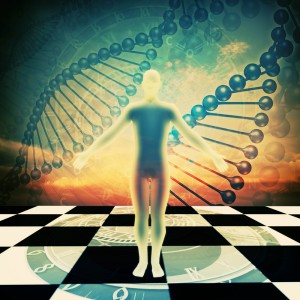 which are not able to effectively repair the issue at hand. Examples would include conditions such as arthritis in a joint, organ failure, cardiac issues, neuropathy, etc.
which are not able to effectively repair the issue at hand. Examples would include conditions such as arthritis in a joint, organ failure, cardiac issues, neuropathy, etc.
Regenerative Medicine does not just involve stem cell therapy. Platelet Rich Plasma Therapy also helps repair and regenerate tissue, using the patient’s own blood cells.
What is a Stem Cell?
Stem cells are human body’s master cells, with the potential to grow into any one of the body’s more than 200 cell types. They are a veritable “blank slate”. They can replicate into more unspecialized stem cells, or they may react to the environment in which they are placed by receiving signals from that environment telling them which differentiation “pathway” to go down. Stem cells contribute to the body’s ability to renew and repair its tissues.
What are the different kinds of Stem Cells?
There are two basic types of stem cells. The first is known as unlimited stem cells (also known as embryonic stem cells).
These can turn into any kind of cell, which is termed pluripotent. With unlimited stem cells, the cells have the potential to become any type of human cell. They can be replicated outside the human body and have applications for many diseases in humans.
These are the types of cells obtained from fetal tissue, which has ethical implications along with the capacity to over-replicate. This may cause tumor formation.
R3 Stem Cell does NOT use embryonic stem cells for treatment.
The second type is termed limited stem cells (Multipotent).
Limited stem cells, on the other hand, do not have the same limitless diffferentiation potential and 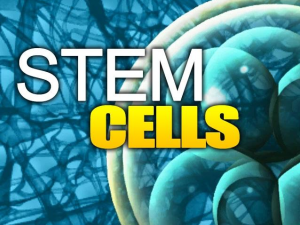 cannot be replicated outside the body. They need to be either frozen or immediately transplanted into the body.
cannot be replicated outside the body. They need to be either frozen or immediately transplanted into the body.
Of note, R3 stem cell clinics do not work with embryonic stem cells, only Multipotent stem cells. There are about ten different kinds of adult stem cells. At R3 Stem Cell Clinics, three separate kinds of limited stem cells are utilized:
Is one type of stem cell better than the other?
Theoretically the answer is yes. However, it’s currently not clinically relevant. Embryonic stem cells are pluripotent and can differentiate into over 200 cell types. However, there are ethical concerns over how 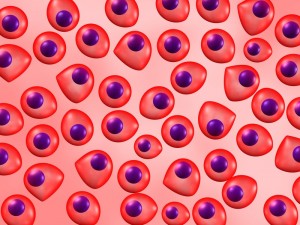 they are obtained, and also the cells themselves often do not know when to stop replicating. This can form tumors.
they are obtained, and also the cells themselves often do not know when to stop replicating. This can form tumors.
The non-embryonic stem cells obtained from one’s bone marrow or from amniotic fluid can still differentiate into several important cell types, but not 200. This is called being multipotent and able to turn into cartilage, muscle, tendon, ligament and most vital organ cells. Multipotent stem cells have not been shown to form tumors like the pluripotent variety.
What type of procedures are available for Stem Cell Therapy?
Procedures available for stem cell therapy include localized or IV injection with bone marrow harvesting or amniotic derived stem cell therapy. The procedures are all performed as an outpatient, with each procedure taking less than an hour. The bone marrow procedure involves a short harvest from one’s iliac crest, which is in the hip area.
With the amniotic therapy, the fluid is obtained from consenting donors after a scheduled c-section. Then it is processed at an FDA regulated lab and cryogenically frozen and thawed out right before use.
Are the procedures safe?
There is minimal risk associated with any of the regenerative medicine procedures at R3 Stem Cell Clinics. Treatments either involve one’s own blood or bone marrow, or amniotic fluid that comes from an FDA regulated lab.
The infection rate is exceptionally low, while we have never seen a rejection reaction associated with the amniotic therapy.
What types of conditions benefit from Stem Cell Therapy?
There is an extensive list of conditions that benefit from regenerative medicine procedures. Here is a partial list of them:
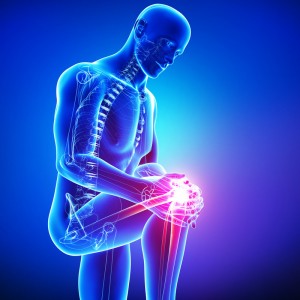
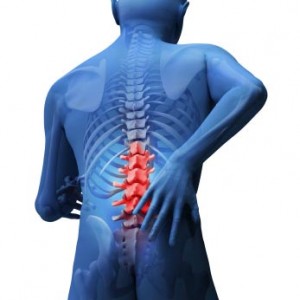
Does Insurance cover Regenerative Medicine procedures?
Insurance does not currently cover new technologies such as PRP Therapy and Stem Cell Procedures. It does, however, cover office visits, lab work, imaging studies, and the actual injection. Patients are responsible for the regenerative material itself. With current research protocols, the treatments are  subsidized by industry and offered at substantially less than at other clinics.
subsidized by industry and offered at substantially less than at other clinics.
Are the procedures painful?
For the amniotic based therapy, the only discomfort associated is from the injection itself. However, the physician will use sufficient numbing medicine to minimize it.
For the bone marrow derived stem cell therapy, there is a need for iliac crest harvesting (hip). This will involve slight discomfort, but numbing medicine is used for this.
Are the procedures effective?
R3 Stem Cell compiles continuous data on patients and maintains an extensive repository of research results from stem cell procedures. Results in small studies to date have shown exceptional outcomes with regenerative medicine procedures for degenerative/rheumatoid arthritis, ligament/tendon injuries and more. Visit r3stemcell.com to see the compilation.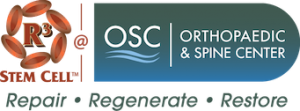
What will happen after the procedure?
As the procedures are outpatient, patients are able to go home afterwards once monitored to ensure it’s safe. Typically this is within one hour.
Most R3 Stem Cell physicians require that patients take it easy for the first twenty four hours afterwards. At that point, activity as tolerated may be performed. Your physician will discuss specifics.